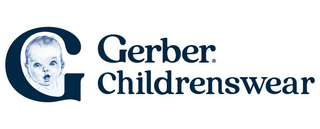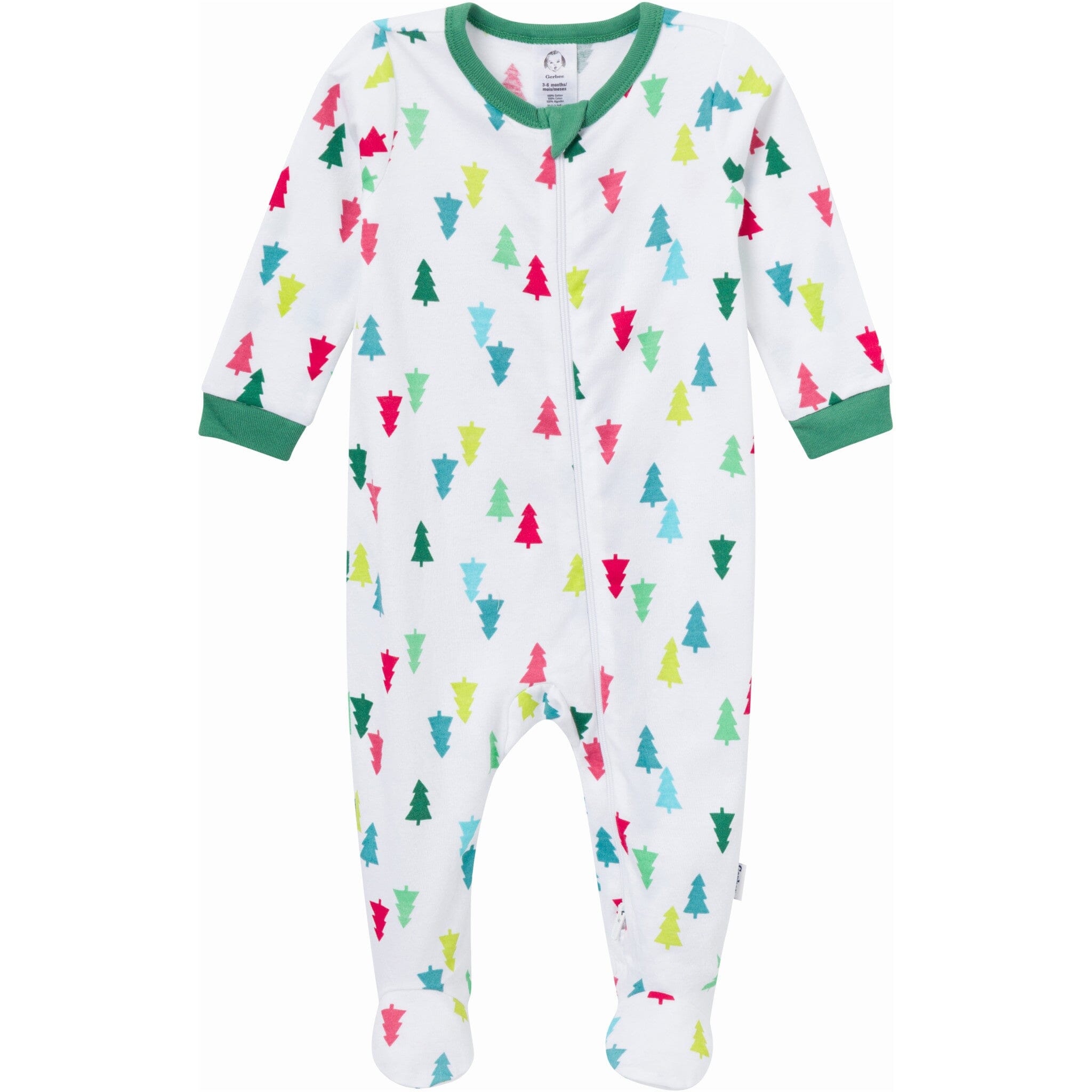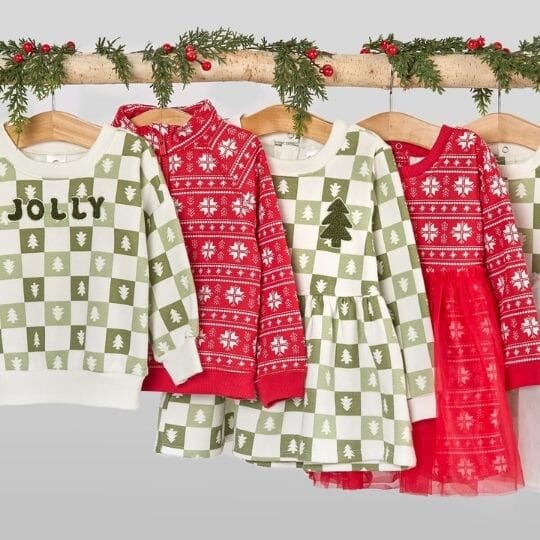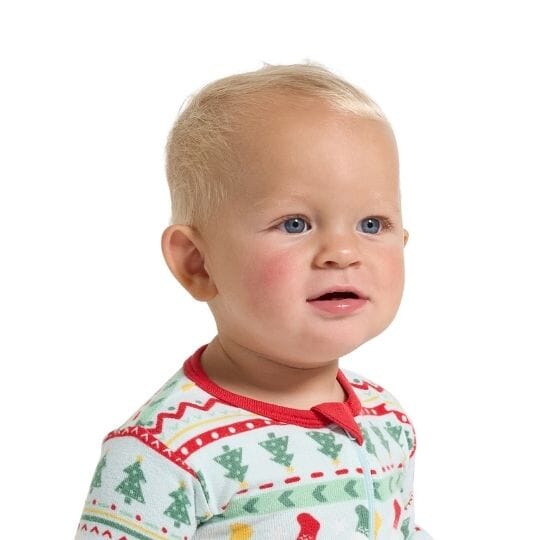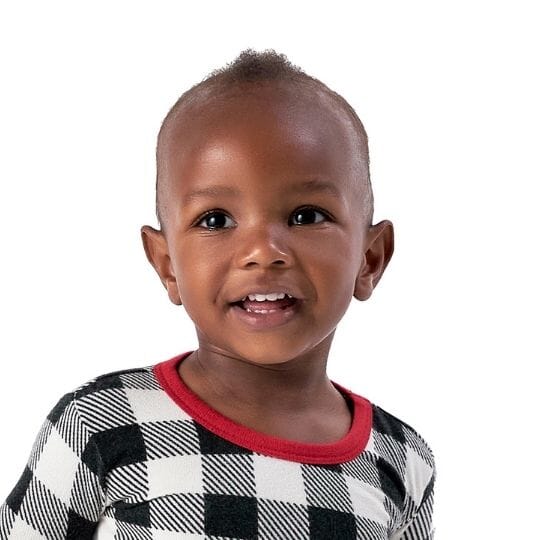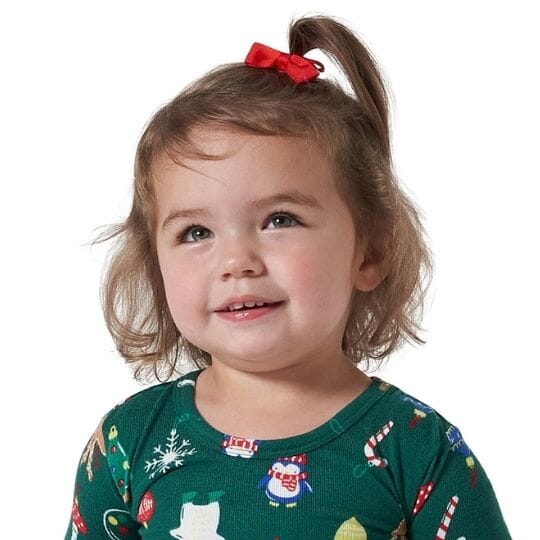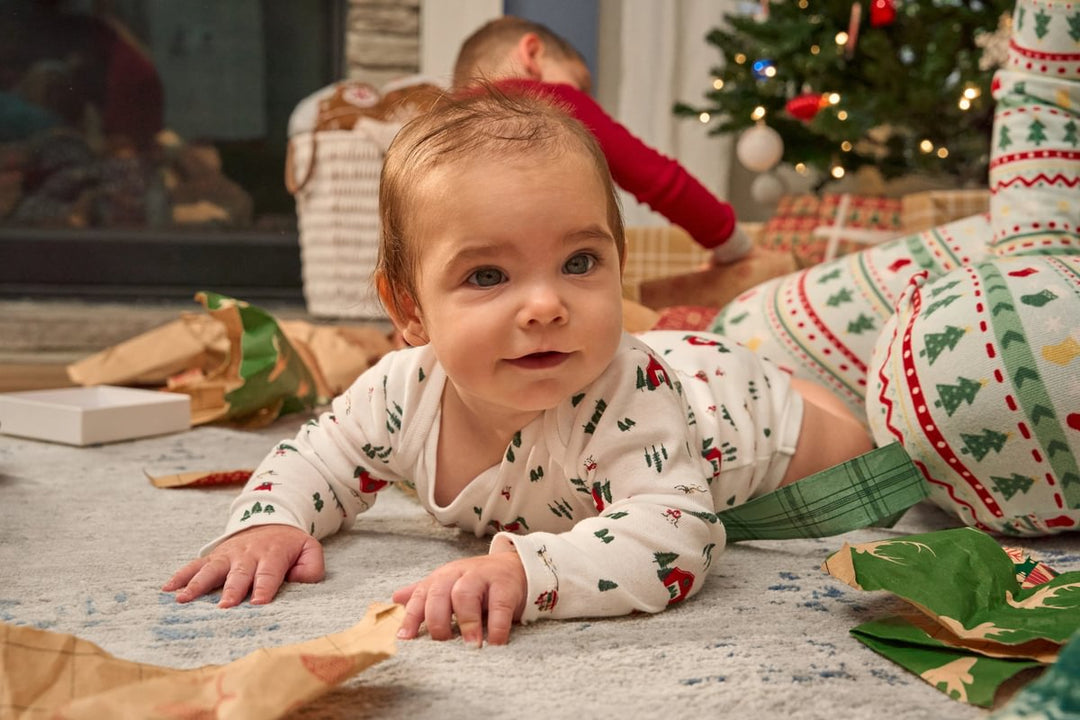How to Clean Cloth Diapers
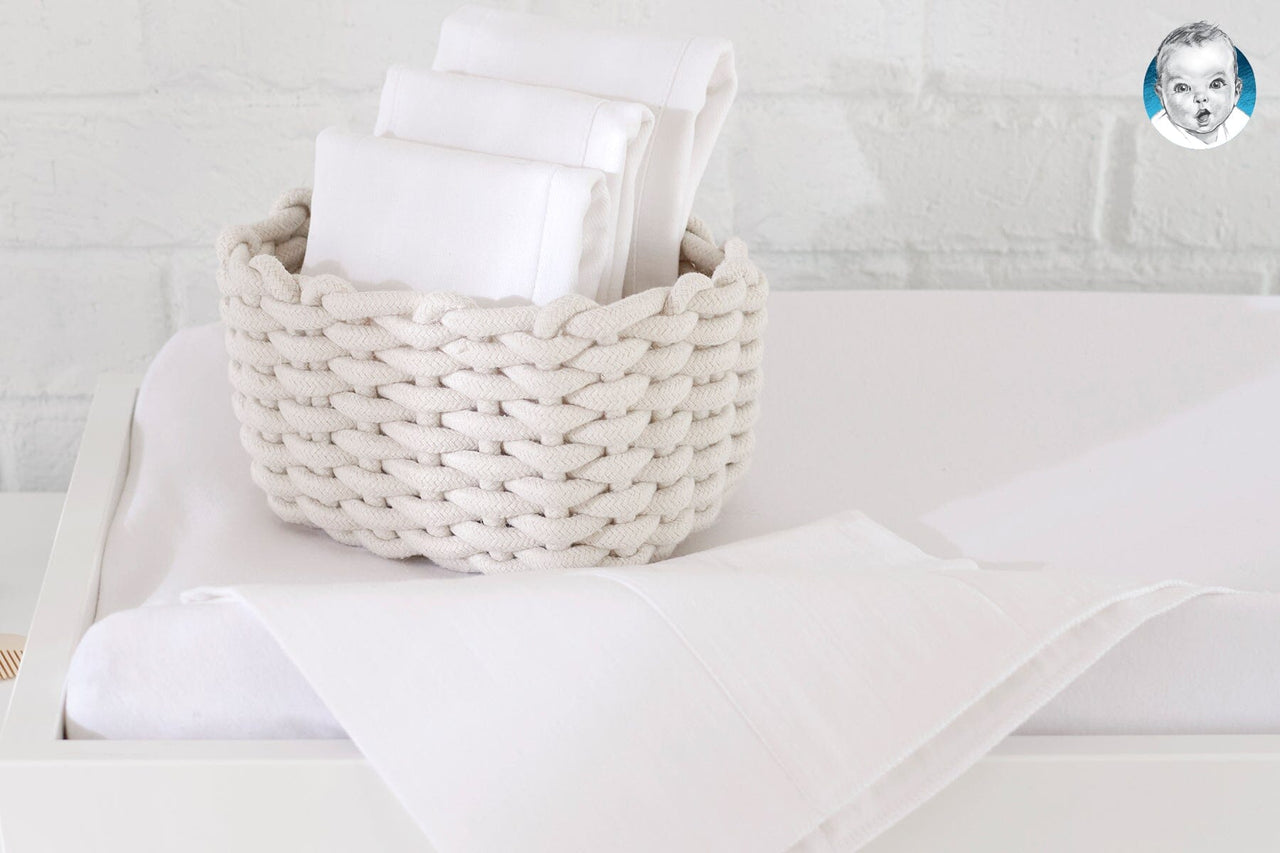
So, you’ve made the difficult decision to use cloth diapers over disposable diapers for your new bundle of joy. Perhaps it wasn’t a difficult decision at all, given the many advantages of cloth diapering.
Whether you’re trying to keep more money in your pocket or choosing cloth diapers for peace of mind, you’ve made a great choice! Unlike disposable diapers, cloth diapers contain no chemicals, dyes or perfumes that can potentially harm your little one. (Note that we do recommend washing new cloth diapers with one full wash cycle before your baby wears them for the first time.)
Although we’re big proponents of the cloth diaper route, we also know that they can pose a few challenges to parents—namely, the clean-up.
To make the idea of cleaning your baby’s cloth diaper a little less daunting, we’ll help walk you through the process. Soon, you’ll be changing cloth diapers like a true diapering pro!
Step #1: Flush Solids into the Toilet
Urine-soaked cloth diapers are super easy in that all you need to do is toss them into your diaper pail, bag or whatever you use to store dirty diapers until it’s time to clean them. Poop, on the other hand, requires some additional effort.
Solid poop should be scraped off the diaper into the toilet to be flushed. While you don’t need a diaper sprayer to complete this step, it does make clean-up much, much easier.
With breast-fed baby poop and newborn poop (aka, meconium), the consistency should be somewhat runny or creamy. Some parents use disposable diapers until the meconium phase is over. If you want to use cloth diapers from the get-go, you can make cleanup a lot easier by simply putting a flushable liner in your baby’s cloth diaper.
Step #2: Pre-Rinse Your Diapers
Now, it’s time to use the washing machine. You’ll need to wash dirty cloth diapers in two phases, starting with the pre-rinse.

The pre-rinse cycle will remove the excess waste that otherwise would not be removed in a full-wash cycle. While it might be tempting to skip this step, you’ll likely end up with smelly cloth diapers if you do.
Take your bag of dirty diapers and flip it inside out to pour the contents into the washing machine. If you’re using a diaper bag, don’t forget to dump it in there, too! The bag will get stinky if left unwashed for too long.
Set the machine to perform a cold pre-rinse cycle (hot water will set the stains into the cloth). Although you can use a baby-safe detergent in this step, it’s usually not necessary.
Step #3: Do a Full Wash Cycle
Once you’ve completed one pre-rinse in cold water, you can finally start your real wash. Remember to add your baby-safe detergent and set the machine to a full wash cycle with hot water.
If your cloth diapers continue to smell, consider doing a second pre-rinse before your final wash. Washing cloth diapers with hot water repeatedly can reduce their effectiveness and absorbency.
Step #4: Hang Them Up to Dry
It’s so easy to pop your wet cloth diapers into the dryer and have them ready in less than an hour. But just like with regular clothes, drying them too often can shorten their lifespan.

If you don’t have a clothesline to dry your diapers, consider investing in a diaper drying rack or installing a vented shelf in your washing room to hang your diapers from. Be sure to do this in advance, otherwise your diapers will likely end up drying on cribs or various chairs throughout your living room.
Step #5: Don’t Forget to Wash Diaper Covers!
Although diaper covers are usually safe from messes, they do need the occasional wash as well. These are much easier to wash because they don’t need a pre-rinse cycle—just pop them in the machine and wash according to the label’s instructions.
Finding a Routine That Works for You
Starting cloth diapering can be terrifying for new moms and dads. Understand that this is a normal feeling. Once you dive in and start using cloth diapers, you’ll soon get the hang of things.
Just remember that your routine doesn’t need to be the same as everyone else’s. Find a routine that works for you, whether it’s using a diaper sprayer, doing a second pre-rinse before your final wash or using all-in-one diapers that make cloth diapering a breeze. Whatever works best for you and your baby!
